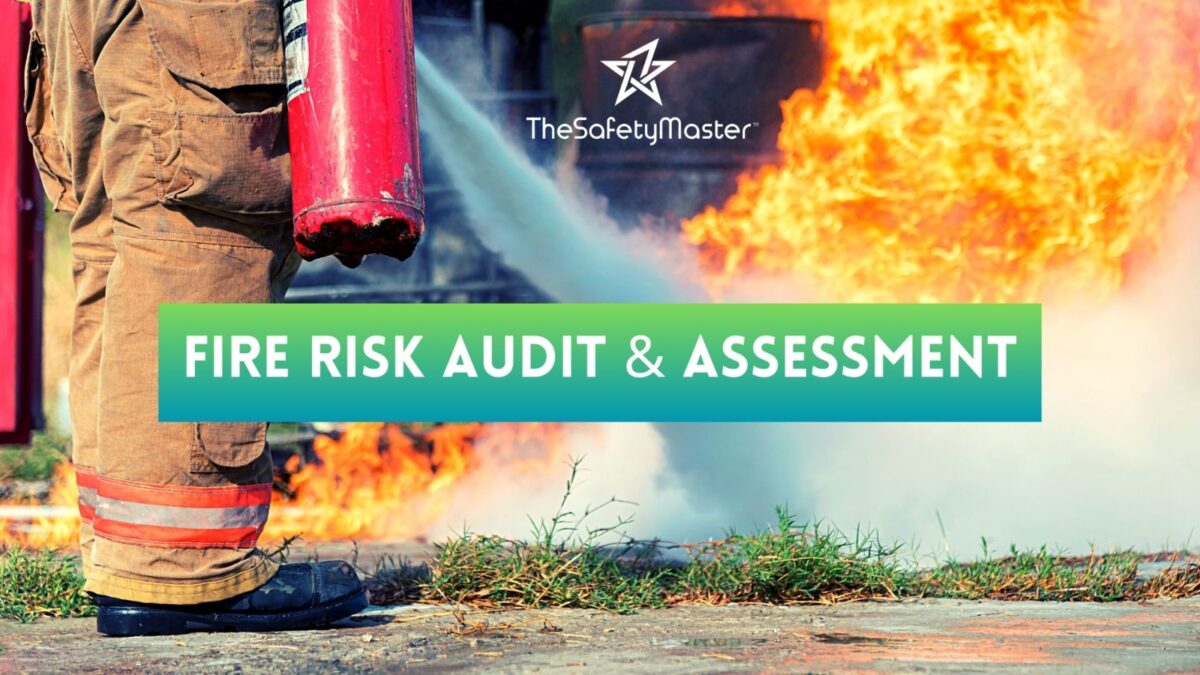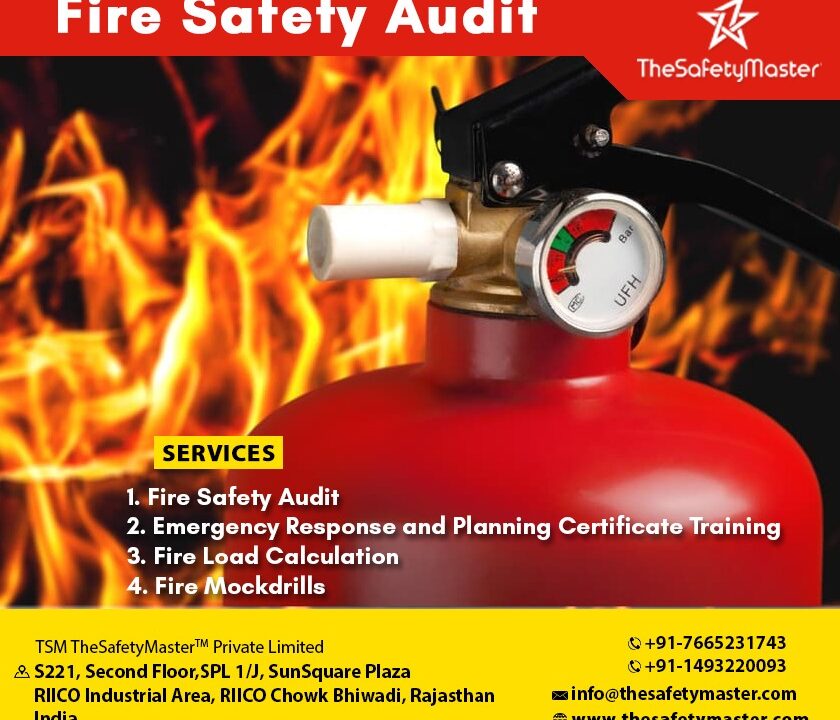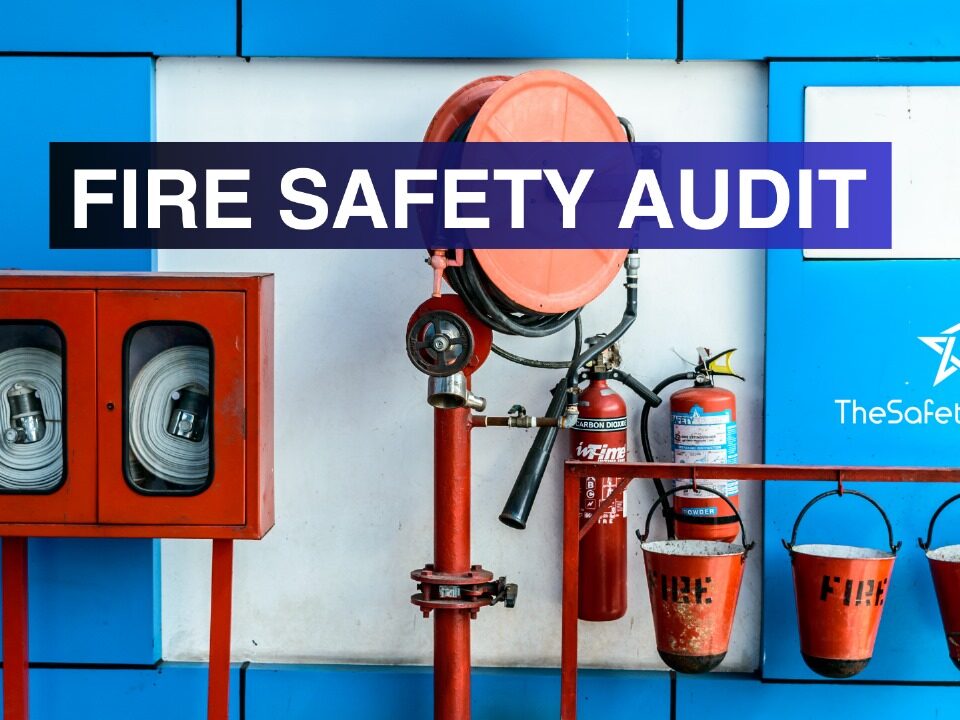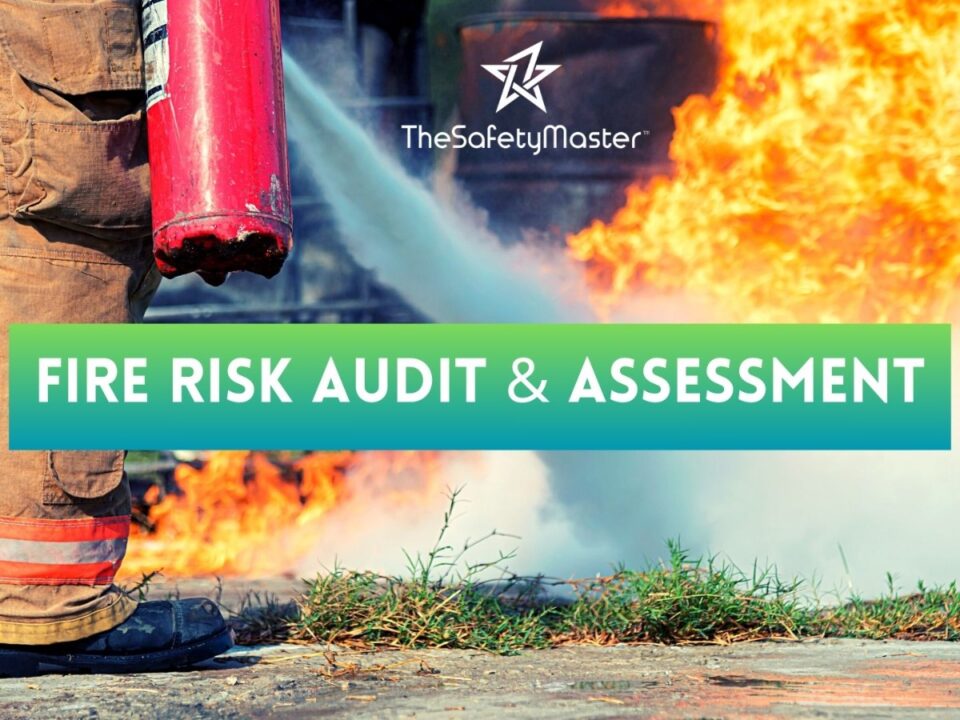Welding Safety: Essentials for Beginners & Advanced Training – The Safety Master

Behavior-Based Safety Training: Enhance Workplace Safety with Behavioral Safety Techniques
January 6, 2025
Electrical Safety Audit – The Safety Master: Identifying & Addressing Common Electrical Hazards
January 11, 2025Welding is a fundamental process in various industries, from construction and manufacturing to automotive and aerospace. Despite its importance, welding poses significant risks if not performed correctly. Ensuring safety in welding operations is paramount to protecting workers and maintaining productivity. The Safety Master provides comprehensive welding safety training, designed to cover both the essentials for beginners and advanced techniques for experienced welders. This guide delves into the critical aspects of welding safety, outlining best practices and advanced strategies to mitigate risks.
Introduction to Welding Safety
Welding involves joining materials, typically metals, using high heat to melt the parts together and allowing them to cool, causing fusion. The process can be dangerous, with risks including burns, electric shock, exposure to harmful fumes, and eye damage from the intense light of the welding arc. Proper training and safety measures are essential to prevent accidents and ensure a safe working environment.
Essentials of Welding Safety for Beginners
For those new to welding, understanding the basic safety principles is crucial. Here are some essential aspects every beginner should know:
1. Personal Protective Equipment (PPE)
Wearing the right PPE is the first line of defense against welding hazards. Key PPE items include:
- Welding Helmet: Protects the eyes and face from sparks, spatter, and harmful radiation.
- Safety Glasses: Worn under the helmet for additional eye protection.
- Welding Gloves: Made from flame-resistant materials to protect hands from burns and electric shock.
- Protective Clothing: Long-sleeved shirts, welding jackets, and pants made from flame-resistant materials protect the body from heat and spatter.
- Respirators: Protect against inhaling harmful fumes and gases generated during welding.
2. Proper Ventilation
Welding produces fumes and gases that can be hazardous if inhaled. Ensuring proper ventilation in the welding area is essential to maintain air quality and prevent respiratory problems. Use local exhaust ventilation systems to capture fumes at the source and general ventilation to dilute airborne contaminants.
3. Safe Work Environment
Maintaining a clean and organized workspace reduces the risk of accidents. Ensure that the welding area is free of flammable materials and that fire extinguishers are readily available. Regularly inspect welding equipment to ensure it is in good working condition and that electrical connections are secure.
4. Understanding Welding Procedures
Beginners must familiarize themselves with the specific welding procedures they will be using. This includes understanding the type of welding process (e.g., MIG, TIG, Stick), the materials being welded, and the appropriate settings for the welding machine. Proper training and practice are crucial to developing the skills needed for safe and effective welding.
Advanced Welding Safety Training: Beyond the Basics
For experienced welders, advanced safety training focuses on enhancing skills and addressing complex safety challenges. Here are some key areas of advanced welding safety:
1. Hazard Assessment and Risk Management
Advanced training includes conducting thorough hazard assessments to identify potential risks associated with specific welding tasks. This involves evaluating the work environment, the materials being welded, and the welding processes used. Implementing a risk management plan helps to mitigate identified hazards and ensure safe welding operations.
2. Fire Prevention and Fire Audits
Welding operations pose a significant fire risk due to the high temperatures and sparks generated. Advanced training covers fire prevention techniques, including the use of fire-resistant barriers, proper storage of flammable materials, and the importance of conducting regular fire audits. A fire audit involves a comprehensive review of fire safety measures to ensure compliance with regulations and identify areas for improvement.
3. Process Safety Management (PSM)
Process Safety Management (PSM) is a regulatory framework designed to prevent the release of hazardous chemicals. In welding operations, PSM involves identifying and controlling risks associated with welding processes that involve hazardous materials. Advanced training in PSM helps welders and supervisors understand the importance of maintaining safety protocols and implementing effective control measures.
4. Specialized Welding Techniques
Advanced welders often work with specialized techniques and materials that require additional safety considerations. Training in these areas includes:
- Welding in Confined Spaces: Understanding the unique hazards and safety measures required for welding in confined spaces, such as tanks or pipelines.
- High-Pressure Welding: Techniques for welding high-pressure systems, including safety measures to prevent leaks and ruptures.
- Exotic Materials: Safety considerations for welding materials that have unique properties, such as titanium, aluminum, and stainless steel.
5. Continuous Improvement and Process Safety Training
Advanced welding safety training emphasizes the importance of continuous improvement and ongoing education. This includes regular Process Safety Training to stay updated on the latest safety standards, technologies, and best practices. Organizations should encourage a culture of safety where welders are proactive in identifying hazards and suggesting improvements.
The Safety Master’s Role in Welding Safety Training
The Safety Master is committed to providing top-notch welding safety training that meets the needs of both beginners and experienced welders. Their comprehensive training programs cover all aspects of welding safety, from basic PPE usage to advanced hazard assessments and risk management. Here’s how The Safety Master ensures effective training:
- Expert Instructors: Training is delivered by experienced professionals who have in-depth knowledge of welding safety and industry best practices.
- Hands-On Training: Practical training sessions allow participants to apply what they’ve learned in real-world scenarios, enhancing their skills and confidence.
- Customized Programs: Training programs are tailored to meet the specific needs of each organization, ensuring that all relevant safety issues are addressed.
- Ongoing Support: The Safety Master provides ongoing support and resources to help organizations maintain high safety standards and continuously improve their welding safety practices.
Conclusion
Welding safety is a critical aspect of any industrial operation involving welding processes. Whether you are a beginner or an experienced welder, understanding and implementing proper safety measures is essential to protect yourself and others from potential hazards. The Safety Master’s comprehensive training programs equip welders with the knowledge and skills needed to perform their work safely and effectively. By prioritizing welding safety, organizations can ensure a safe working environment, comply with regulatory requirements, and ultimately protect their most valuable assets: their employees.




